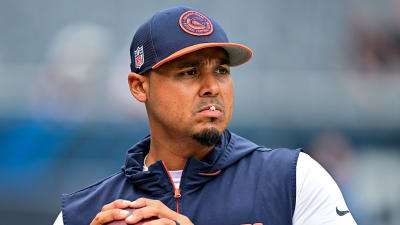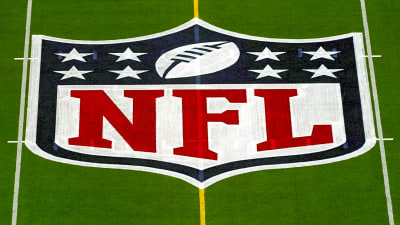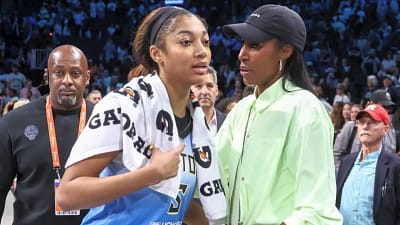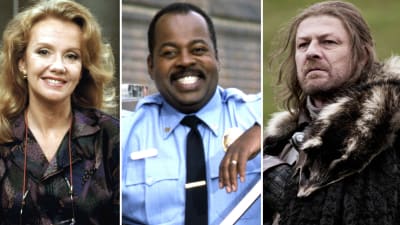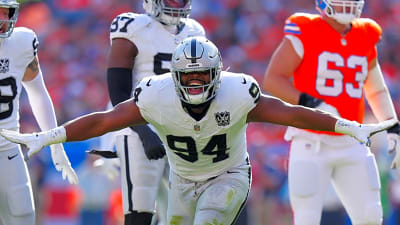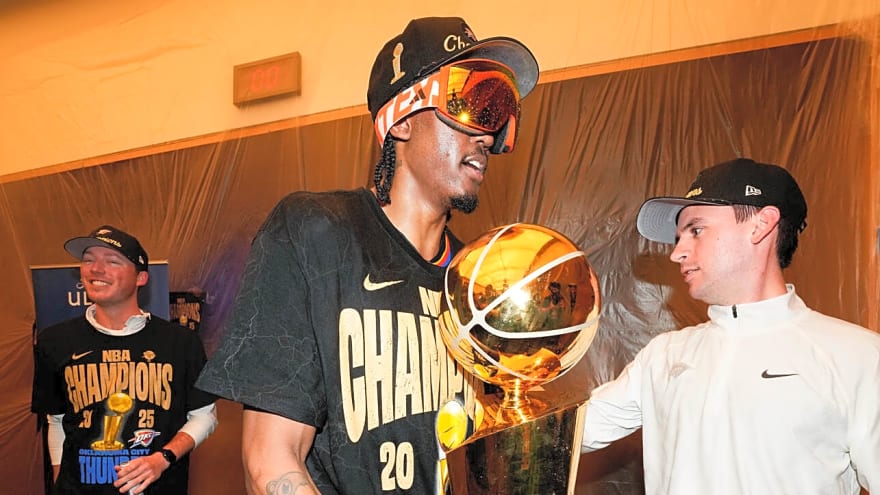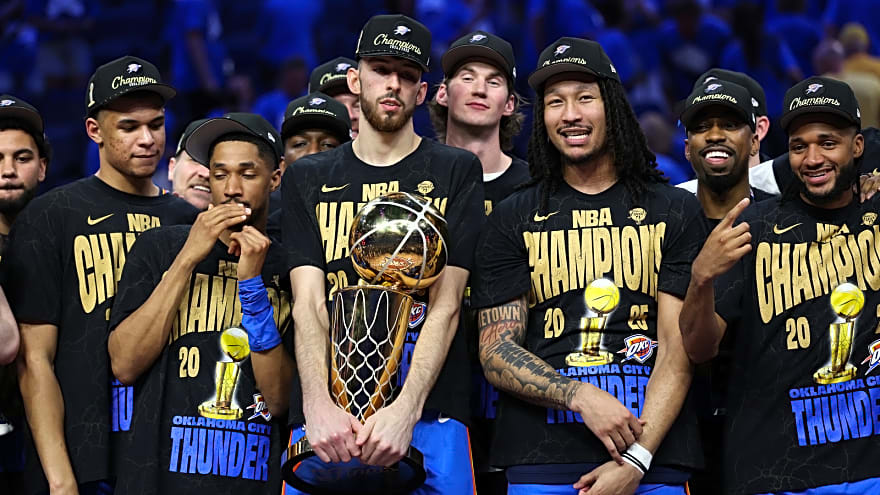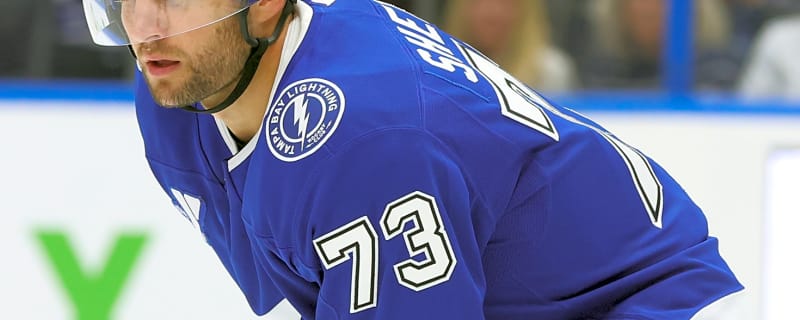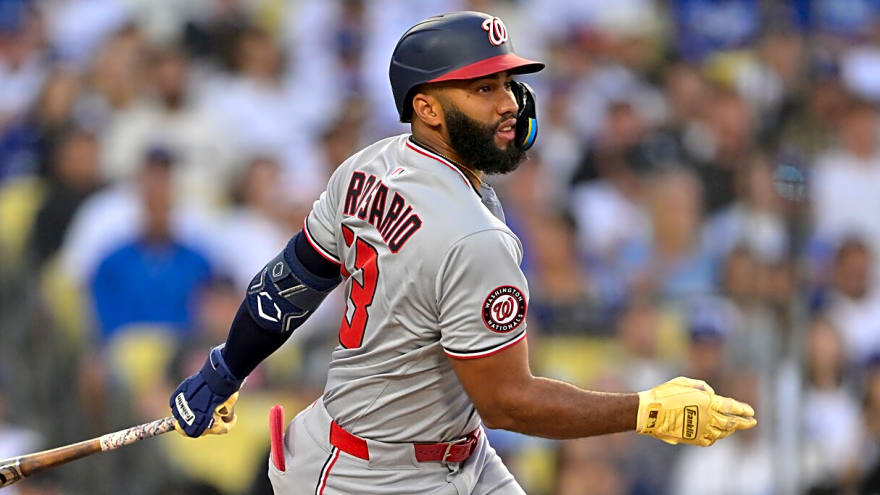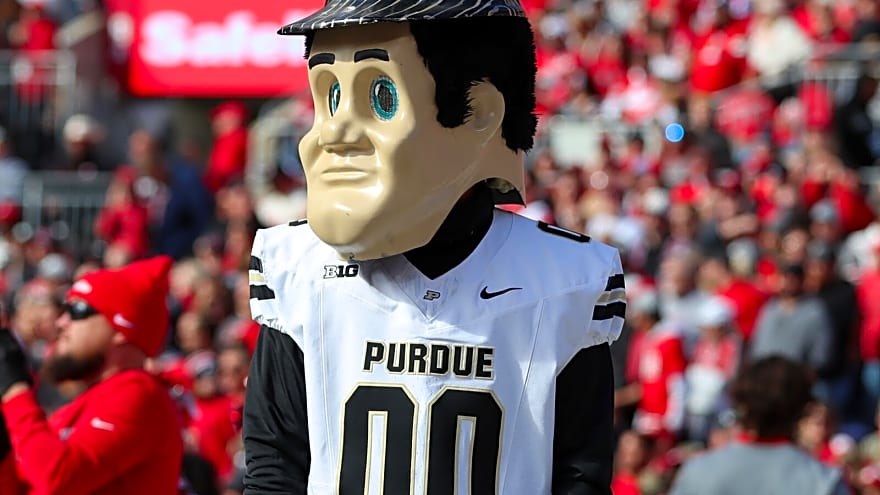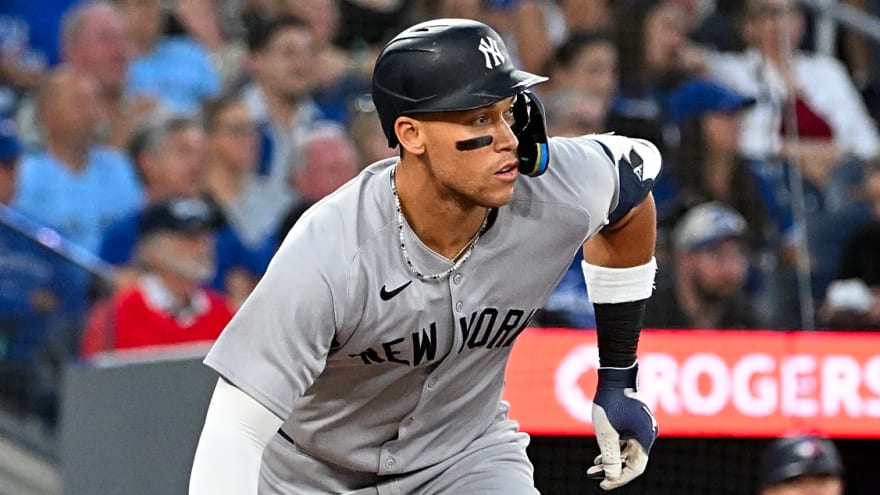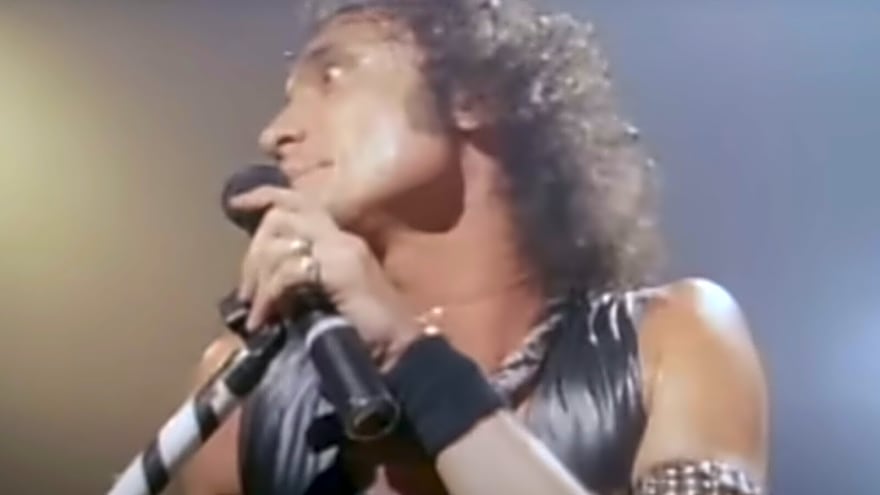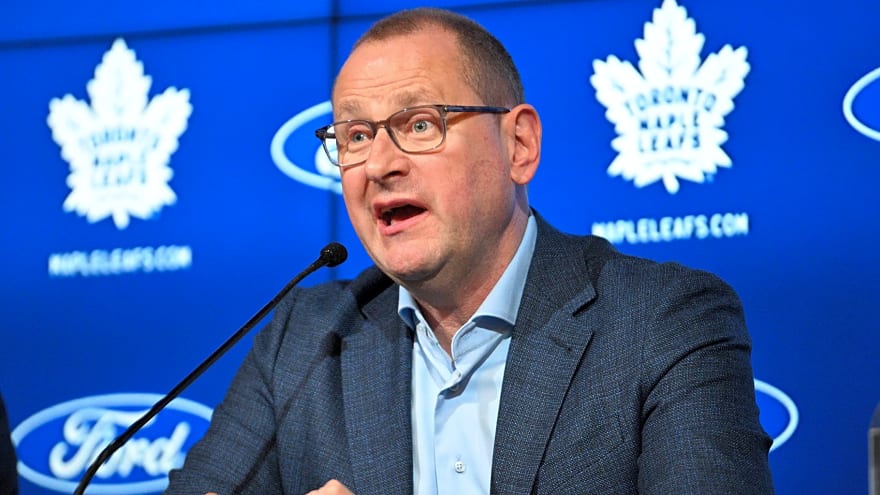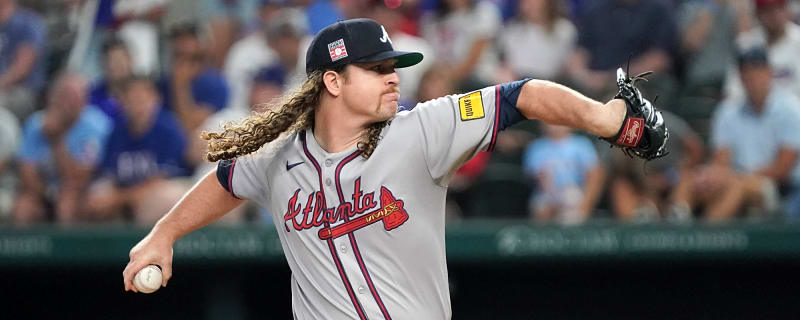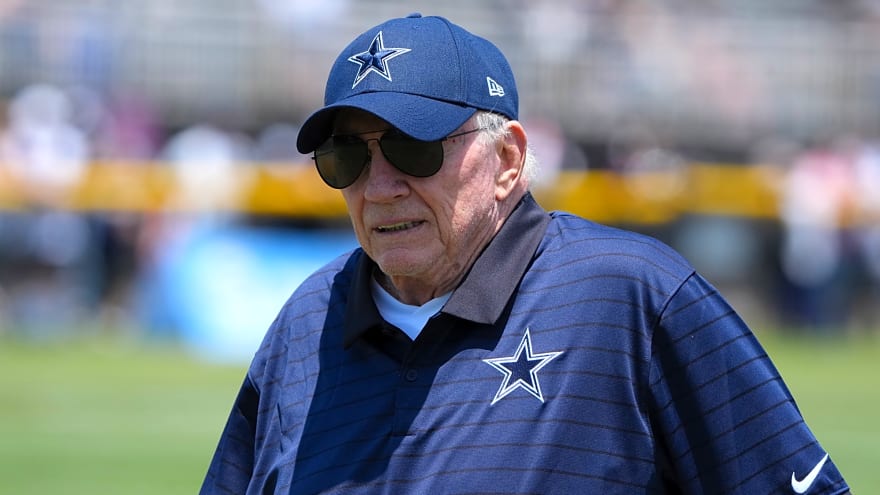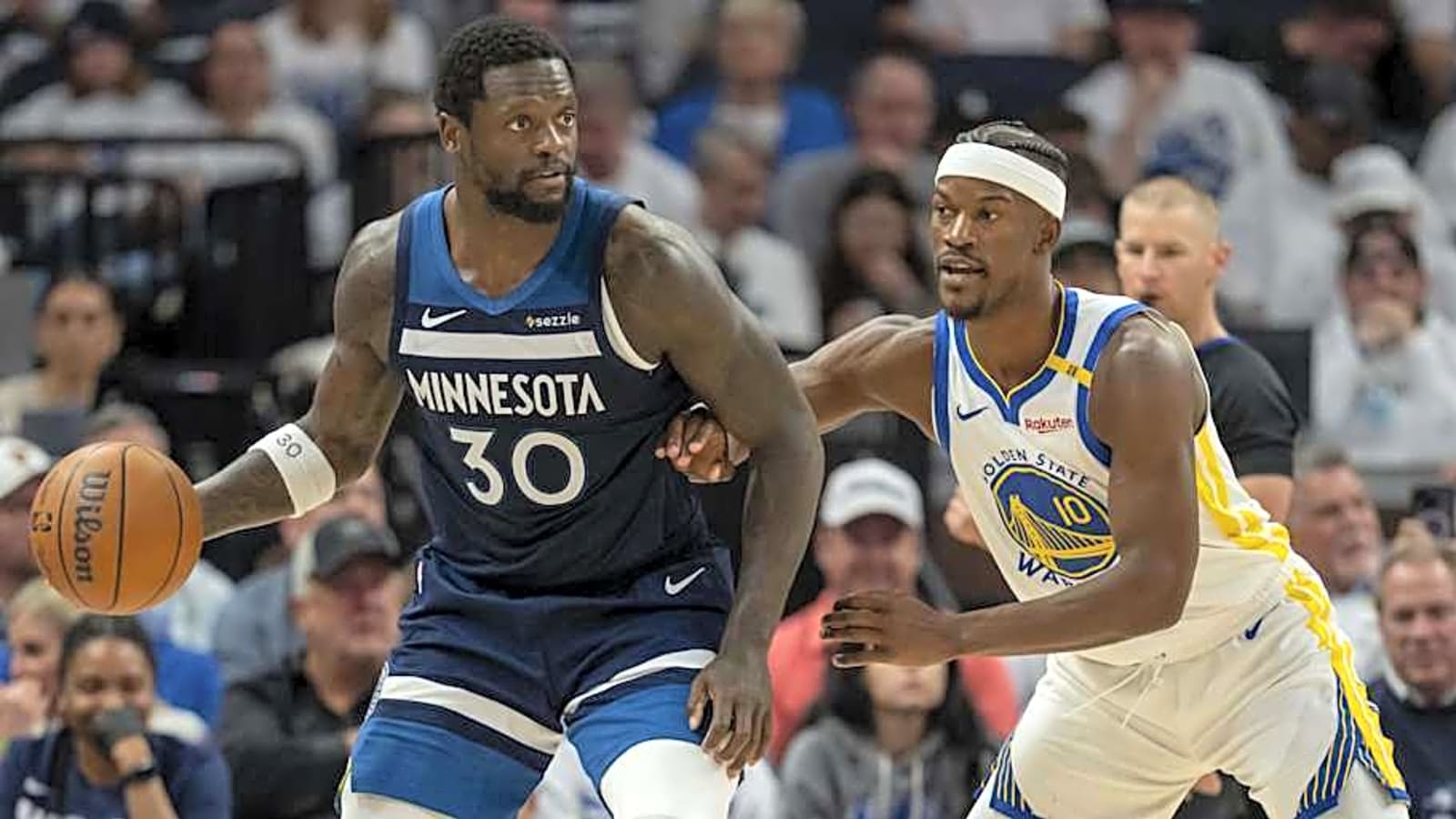
The Timberwolves took care of business on Thursday night at Target Center, evening up their second-round series against the Steph Curry-less Warriors at one game apiece with a 117-93 victory. They were up by 14 after the opening quarter, led by as many as 22 in the first half, and were able to respond when Golden State cut the lead to seven in the third quarter. The night ended with Chris Finch getting to empty his bench and play the reserves, with the focus now shifting towards Game 3 in the Bay Area on Saturday night.
Let's go over five takeaways from Game 2.
Randle shines as offensive hub
After a relatively quiet opening game, in which the Wolves' entire offense struggled, Julius Randle was excellent on Thursday. He was the hub of Minnesota's attack and made good decisions on that end all night long, whether it was scoring or dishing to an open teammate. Randle made 10 of his 17 shots and led all scorers with 24 points. He also recorded 11 assists (a season high and playoff career high) with just two turnovers, and he was three rebounds away from a triple-double after calling himself out for only grabbing three boards in the opener. He's the first Wolves player with a 20-5-10 playoff game since Kevin Garnett in 2004.
When Randle is flirting with a triple-double, the Wolves' offense can be dangerous even on nights where Anthony Edwards isn't going off. He's so good at using bully ball to get to the rim or hit short jumpers out of isolation post-ups, and when the defense helps on his drives, he's able to kick it out to shooters. Eight of Randle's 11 assists resulted in three-pointers.
Julius Randle recorded a season-high 11 assists last night.
— Jack Borman (@jrborman13) May 9, 2025
8 of those dimes creates threes, also a season-high.
When Randle is attacking, drawing multiple defenders, and delivering on-time, on-target lasers like he was last night, the Wolves are a wildly more efficient team. pic.twitter.com/IAy7E5hVeg
"Great all-around game from him, just what we needed," Finch said. "We've said that when he's playing that way, it takes us to another level. Guys obviously made shots, but we generated really good shots, and that's they key."
There was a moment in the third period where Finch took Randle out of the game due to a defensive lapse. But outside of that, he was probably the best player on the floor in Game 2. Seven games into these playoffs, Randle is averaging an efficient 22/5/5 and rewriting the narratives.
Shots start to fall
The Wolves were due for some long-range shots to drop in this one. After finishing fourth in the league in three-point percentage during the regular season, they went ice cold in the final game of the Lakers series and the first game against the Warriors. Across those two games, they were just 12 for 76 (15.8 percent) from deep. That seemed unlikely to continue for a third consecutive contest.
On Thursday, the Wolves drilled 16 of their 37 threes (43.2 percent). Outside of non-shooter Rudy Gobert, each of the seven players in their rotation made at least one, with five players hitting multiple. Edwards, the NBA's leader in made threes this season, was 2 for 4 after going 1 for 16 in the last two games. Naz Reid and Mike Conley hit some timely shots.
But the biggest development was that Nickeil Alexander-Walker and Donte DiVincenzo finally got back on track. They had been ice cold (combined 12 for 63) from long range through the first six games of the postseason. In Game 2, NAW was 4 for 6 from deep and scored 20 points off the bench, while DiVincenzo added three triples of his own.
"Nickeil was huge," Finch said. "We really needed this game from him. We challenged him yesterday to be able to contribute like this, like he has all season."
Ant's rim struggles continue
This was another fairly underwhelming scoring outing from Edwards, who was so non-existent in the first half of the Game 1 loss. He definitely didn't play poorly: 20 points, 9 rebounds, 5 assists, 3 steals, and a block on close to 50 percent shooting. But as one of the league's elite scorers, he hasn't truly gotten into a rhythm like he did in Games 3 and 4 against the Lakers. It's only a matter of time until that happens again.
The primary issue for Edwards so far in this series has been finishing at the basket. He missed several contested layups early in Game 1, then went 4 for 9 at the rim in Game 2. There were multiple other occasions where he drew a foul call but wasn't able to complete the and-one finish through contact. Edwards also fell back into his habit of complaining to the referees when he didn't get a whistle. Nonetheless, Finch was happy with his superstar's night, which included an injury scare that he was able to quickly shake off.
"I thought he was good," Finch said. "He stayed patient. They threw a bunch of different looks at him, whether they trapped him, whether they box and-one'd him at one point, they switched heavy on him, they tried to send him to certain parts of the floor. He stayed aggressive getting downhill, got to the free-throw line a little bit. Shot the ball well when it came to him. I thought he played a really good game offensively, within the flow of what we were trying to do. He had five assists but probably could've had some more."
McDaniels was a two-way menace
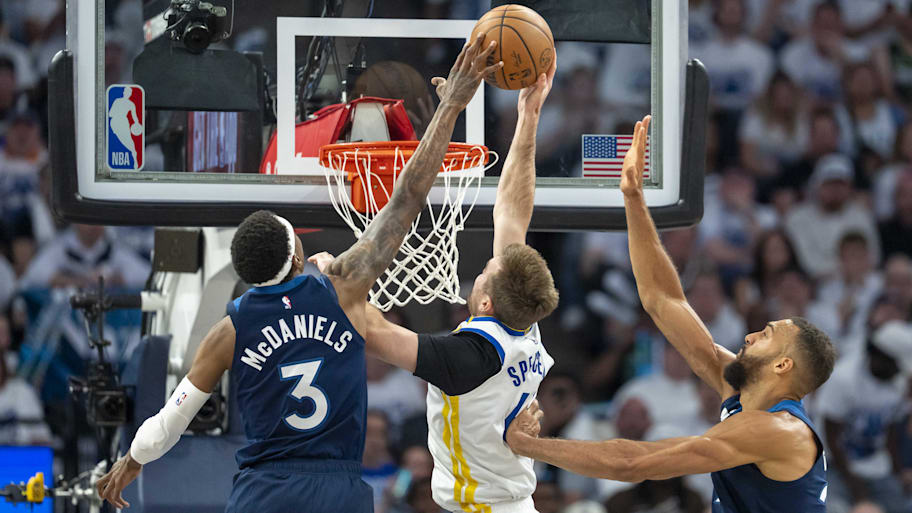
It shouldn't be overlooked that Jaden McDaniels played an outstanding game for Minnesota. He drilled a three to open the scoring and made 7 of his 10 shots on the night for 16 points. Just as importantly, he showed why he's one of the better wing defenders in the NBA. McDaniels had three steals and three blocks — another feat that hasn't been done by a Wolves player in the postseason since '04 Garnett. He also played a major role in limiting Jimmy Butler, Buddy Hield, and Brandin Podziemski — Golden State's top three scorers without Curry — to 43 points on 15-of-36 shooting.
When McDaniels is impacting things at a high level on both ends of the floor, it raises the Wolves' floor and ceiling quite a bit.
Warriors try everything without Steph, to no avail
This was the Warriors' first full game in the series without Curry, who is so crucial to everything they do on the offensive end. Without his superstar, Steve Kerr tried a bit of everything, giving 14 different players minutes in the first half. Some of those didn't work out well, like Quinten Post going -13 in the first three minutes and then never playing again. Pat Spencer and Moses Moody also struggled to get much going. But Kerr also found a spark from Jonathan Kuminga and Trayce Jackson-Davis, who combined for 33 points and 11 boards on 14-of-17 shooting.
Ultimately, despite giving the Wolves a bit of a scare in the third quarter, the Warriors just didn't have nearly enough juice without Curry. And because Curry seems unlikely to return before Game 6 at the earliest, Golden State might be in trouble. They're going to need a lot more from the aforementioned Butler/Hield/Podziemski trio. Butler, in particular, will probably need to take more than 13 shot attempts moving forward if the Warriors are going to keep this series going long enough for a possible Curry return.
More Timberwolves news and analysis
More must-reads:
- Warriors still positioning themselves for Giannis Antetokounmpo blockbuster
- Jalen Williams fires back at critics who call him 'corny'
- The 'NBA Summer League MVPs' quiz
Breaking News
Trending News
Customize Your Newsletter
 +
+
Get the latest news and rumors, customized to your favorite sports and teams. Emailed daily. Always free!
TODAY'S BEST

Warriors' Stephen Curry believes NBA players are 'underpaid'
Are NBA players underpaid? Golden State Warriors superstar Stephen Curry argues yes. The greatest shooter in NBA history said Thursday on Complex’s “360 With Speedy” that because the league’s current CBA doesn’t allow for current players to invest in league and team equity, players are leaving money on the table. “I would say, yes, we are underpaid,” Curry admitted when asked, despite enormous salaries, if the players were getting short-changed, “because you wanna be able to participate in that rise [of equity].” “It’s a partnership with ownership, [and] it’s a partnership with the league,” the 37-year-old stressed, revealing that league salaries do not reflect players’ impact on team valuations. If anyone has the right to begrudge the current CBA on player participation in equity, it’s Curry. When drafted in 2009, the Warriors were worth $315 million. Current valuations in May of 2025 have the team at $9.4 billion, the most in the league. Curry’s been paid handsomely during his time in Golden State, and he doesn’t overlook it. “I know we’re blessed to be in a position where we’re playing basketball for a living, and these are the type of checks that people are earning,” he told Complex. However, when he signed his $62.6 million one-year extension in 2024 that would keep him in a Warriors’ jersey until 2027, many felt that no amount of money the franchise could offer him would represent his worth. Curry had an undeniable impact on the Warriors’ valuation increasing by nearly 3,000%. He’s benefited by being the most salaried player on the roster and plenty of endorsement deals. But is he getting his fair share? Something similar may happen with reigning NBA Finals MVP and Oklahoma City Thunder guard Shai Gilgeous-Alexander, who just signed the richest contract in league history with an average annual value of $71.25 million. According to Forbes, the Thunder’s valuation increased 20% from 2023 to 2024 and will likely take another jump after this year’s championship. Curry concedes that player participation in equity isn’t a simple concept and not all markets are created equal: “You got competitive advantage considerations…and want every market to have a fair chance, like I get all that.” He believes, however, that finding a solution is a “mutually beneficial proposition” for players, teams and the league. Even the most expensive people in the world need to find other investors to make owning an NBA team possible. The best example of Curry’s point is the Boston Celtics sale in March. The most-championed franchise in league history was sold to Bill Chisholm for $6.1 billion, the largest ever sports franchise sale in North America at the time. Chisholm needed Rob Hale, Bruce Beal Jr., and private equity firm Sixth Street, to afford the purchase. Because team ownership is already a multi-investor operation, the league could potentially come to an agreement with the players by the next CBA negotiation at the end of the decade. If not, the league's best players will continue to simultaneously earn a ridiculous amount of money, and it will not be nearly enough.

New report suggests Christian Wilkins release related to 'incident' with teammate
There may be more to Christian Wilkins’ recent surprise release from the Las Vegas Raiders. NFL reporter Josina Anderson reported Saturday that "some sources believe an incident involving a teammate may have factored in-part into the Raiders' fatigue and release" of Wilkins. The nature of the incident is not clear. However, many believe the Raiders had a very good reason to move on from Wilkins considering the money they had invested in him. It also suggests the Raiders saw no alternative if they went straight to a release. Wilkins was dumped by the Raiders just one year into a four-year, $110 million deal. The Raiders suggested Wilkins failed to take rehab seriously as he tries to work his way back from a foot injury. Other teams do not appear to have the same concerns about Wilkins as the Raiders did, and he should find a new landing spot fairly easily. That is one of the reasons some suspect there is more to the Raiders’ decision than they are publicly saying.
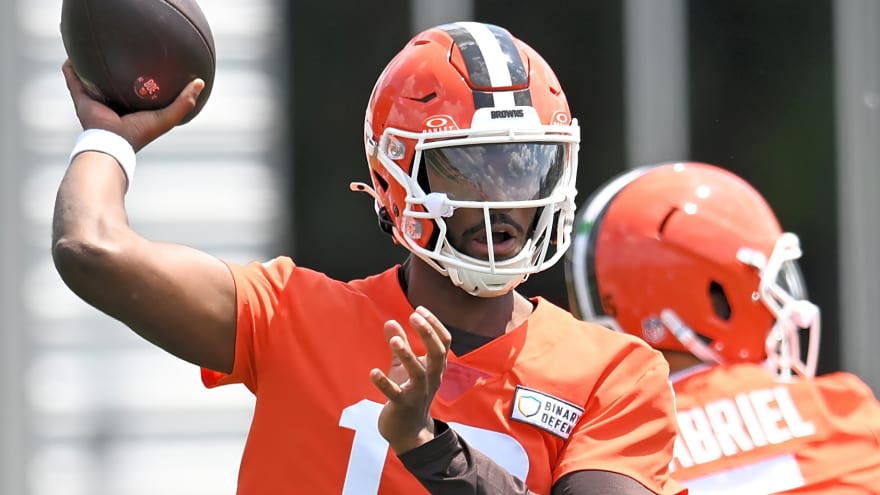
Browns make curious decision with rookie QB Shedeur Sanders
The Cleveland Browns are giving Shedeur Sanders special treatment in training camp, but it's not the type of favoritism the fifth-round pick would necessarily want. Per Daniel Oyefusi of ESPN, Sanders is the only Browns quarterback who has not been taking reps with the first-team offense during OTAs or the first two practices of training camp. Former Pittsburgh Steelers first-round pick Kenny Pickett, veteran Joe Flacco and rookie Dillon Gabriel have all split reps with the first team. Despite being asked to throw passes to members of the equipment staff amid a shortage of professional pass-catchers for a four-quarterback roster, Sanders said he's thankful for the opportunity to show the Browns coaching staff his talents. "I feel like that it's not in my control, so I'm not going to think about that or even have that in my thought process of why it is," Sanders said to a question as to why he's not getting first-team reps. "There's a lot of people who want to have the opportunity to be at this level, and I'm here and I'm thankful to have the opportunity. So, whenever that is, that is." Sanders, 23, believes that he can contribute more to the Browns than what the coaching staff is asking of him. "It doesn't make me feel down or left out because I know who I am as a person," Sanders said. "I know who I am as an individual and I know what I could bring to this team. So, I can never feel less than any circumstance." The Browns selected Sanders with the No. 144 pick in April's draft. As a player whom many draft analysts thought was a first-round talent, Cleveland took what could be the steal of the draft in the fifth round. It's curious why the Browns aren't giving Sanders a shot with the first team early in training camp before the quarterback race becomes more serious. Cleveland should see what Sanders has to offer this summer. Flacco, 40, isn't a long-term solution at the position. Pickett failed in Pittsburgh. The Browns need to gauge what rookies Gabriel and Sanders can do with the first team. Having Sanders throw balls to the equipment staff is a waste of everyone's time. But then again, Cleveland has wasted plenty of quarterbacks.
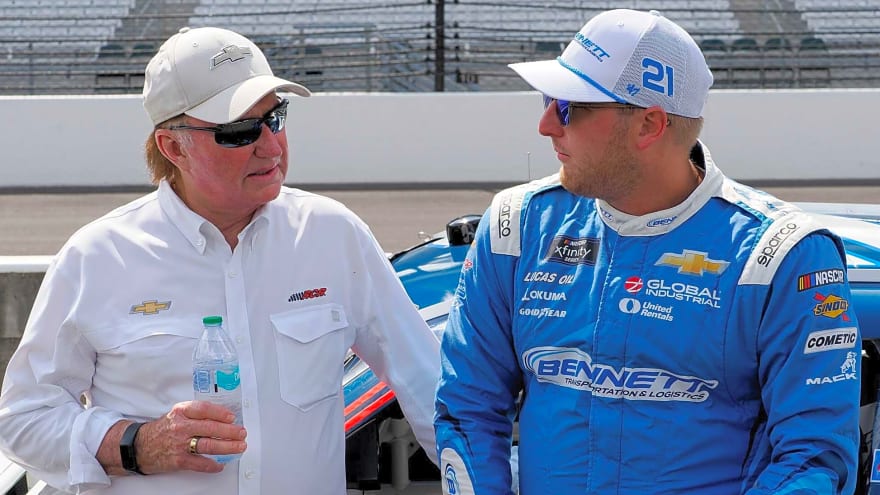
Richard Childress addresses idea of suspension for Austin Hill
Richard Childress is standing by his driver after a controversial move in the closing laps of Saturday's Pennzoil 250 at Indianapolis Motor Speedway. Austin Hill, driver of the No. 21 Chevy for Richard Childress Racing, appeared to hook Aric Almirola on Lap 91 after Almirola had gotten Hill loose in the previous corner. In recent years, NASCAR has set a precedent that right-hooking a fellow driver at speed is grounds for a suspension, though their failure to do so with Austin Cindric at COTA in March or with Austin Dillon at Richmond in August 2024 drew scrutiny. Unsurprisingly, Childress doesn't think Hill should have to sit out the Aug. 2 race at Iowa Speedway. "Hell no," Childress said when asked if he believed Hill should have to sit for a week. "They didn't do a damn thing to the 2 car (Cindric) when he wrecked Ty (Dillon, Childress' grandson) and admitted to it, drove him in the right-rear and wrecked him at COTA. It's who you are. We're a blue-collar team, they (NASCAR) give us trouble all the time." Hill was given a five-lap penalty for reckless driving and finished the race in 34th.
